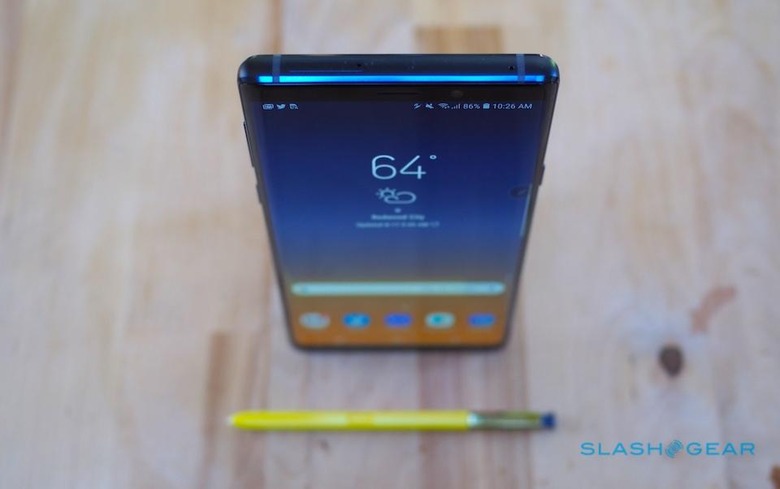Google App Fees For Europe Could Add $40 To Each Android
Google's shift to charging Android device-makers in Europe fees to include the Google Play store could add as much as $40 to the cost of each smartphone, leaked documents confirm, a move which is leading some to predict more expensive products for buyers. Google announced the change in strategy after being forced by the European Commission to unbundle its apps – like Chrome and Google Search – from Android.
That bundling, the Commission had argued, had left rivals at a disadvantage. Although Google was providing Android free for phone- and tablet-makers, it pointed out, if user must-have features like Google Play download store access was to be included, so must flagship apps like Chrome and Search. In an attempt to level up the playing field, the Commission imposed a $5bn fine and demanded Google change its approach.
Google has promised to appeal the ruling, but it has also explained just how it plans to work around the EU's expectations, and it makes for ominous reading if you're a phone-maker. Though manufacturers will still be free to use Android without paying for it, they'll also be charged a fee to include the Google Mobile Services app-suite. That includes features like Chrome, Google Play, Gmail, and other software which buyers are likely to expect.
What it wouldn't say was just how much that would actually cost. Those figures have now been revealed, however; The Verge viewed documents detailing the fee tiers, and how exactly those levels of licensing would be applied. In short, if you want a flagship device, the cost of software on it won't be negligible.

Google first breaks the EU into three levels, with the UK, Germany, Norway, Sweden, and the Netherlands in line for the highest pricing. It then scales the license fee according to the pixel density of the device's display. In that highest tier, therefore, any device with a 500 dpi or greater screen – which would include the Galaxy S9 and Galaxy Note 9, for example – would be in line for a $40 fee for the Google apps.
Phones with a 400-500 dpi display would be on the hook for a $20 fee, while anything under 400 dpi would see that drop to $10. According to the documents, the lowest fee in the third tier of countries would be $2.50 per device. Tablets, meanwhile, are treated differently, and charged at most $20 per device.
At the same time, Google will incentivize Chrome and search revenue from the browser. Though perhaps not broadly known by Android users, phone-makers have until now received a cut of Google's search revenue if they preinstall the app. If they want to continue to get that, per the new rules, they'll need to not only install Chrome but give it pride of place in the Application Dock on the homescreen.
The big question for consumers is just how much of this new cost will phone-makers stomach themselves, and how much of it will be passed on to the buyers of their devices. $40 is no small amount when it comes to the costs involved in making a smartphone. Analysis of popular handsets like the Galaxy S9+, for example, suggest that Samsung pays around $79 for the Super AMOLED display, and around $45 for its cameras.
